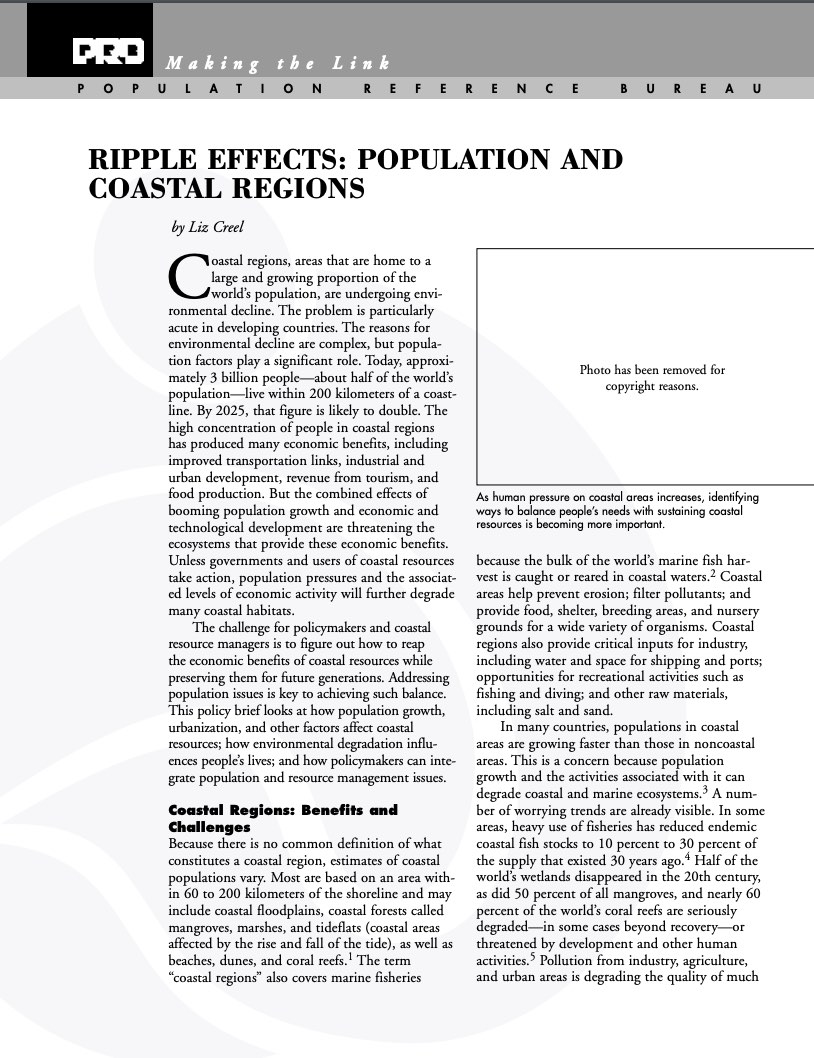600 Search Results Found For : "������������������������KaKaoTalk:za33������������������:www.za32.net"

Who Cares for the Caregivers?
Policy changes could reduce the disproportionate burden of care work on American women, researchers said.

Ripple Effects: Population and Coastal Regions
(2003) Coastal regions, areas that are home to a large and growing proportion of the world's population, are undergoing environmental decline.

Report. Ripple Effects: Population and Coastal Regions
(2003) Coastal regions, areas that are home to a large and growing proportion of the world's population, are undergoing environmental decline.
U.S. West and South Are Set to Gain Political Clout
(2007) In the South, Texas, Florida, and Georgia are poised to gain seats in the U.S. House of Representatives after the 2010 Census.
Germany: Beyond the Transition’s End
(2011) Germany's recovery from the devastation of World War II is often called an "economic miracle" because its economy is now Europe's largest. Immigration has been an important part of the country's modern demographic history.
PRB Discuss Online: Combating Malaria, What More Can We Do Now?
(2008) Encouraging progress against malaria was made in the Americas and some parts of Asia in the last century, but the first global campaign to stop malaria didn't succeed.
Hispanics Account for Almost One-Half of U.S. Population Growth
(2006) With a population growth rate of nearly 1 percent a year, the United States is the fastest growing developed country in the world. While many European countries are facing population decline, the U.S. population is growing as fast as or faster than many developing countries. And the total population of the United States (currently at 296 million) is expected to reach 300 million some time this summer—and about 450 million by the year 2050.

Project: American Community Survey and Decennial Census Support Services
Why Are So Many Young Children Undercounted in the U.S. Census?
(2020) Children under the age of 5 face the highest risk of being undercounted in the U.S. decennial census. In the 2010 Census, there was a net undercount of almost 1 million young children.
PRB Discuss Online: U.S. Economic and Social Trends
(2010) During the current U.S. recession, homeownership and mobility rates have dropped; poverty has increased; and commuting patterns have shifted toward greener, more cost-effective options.
